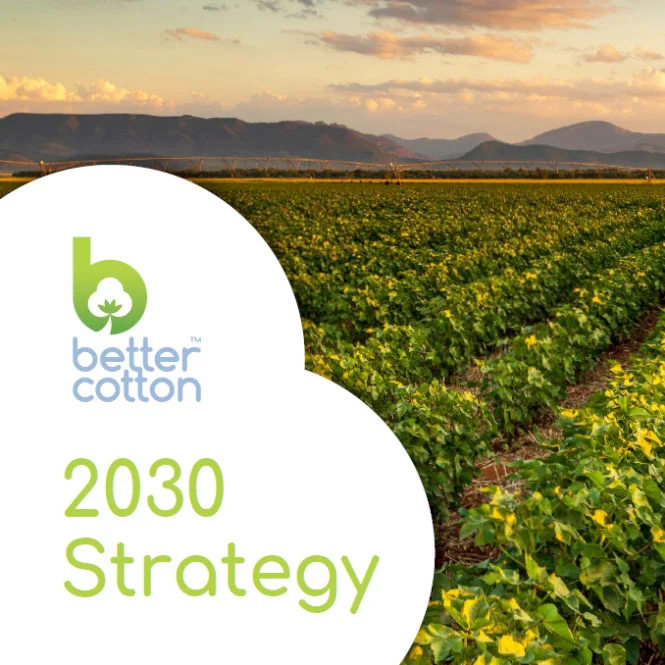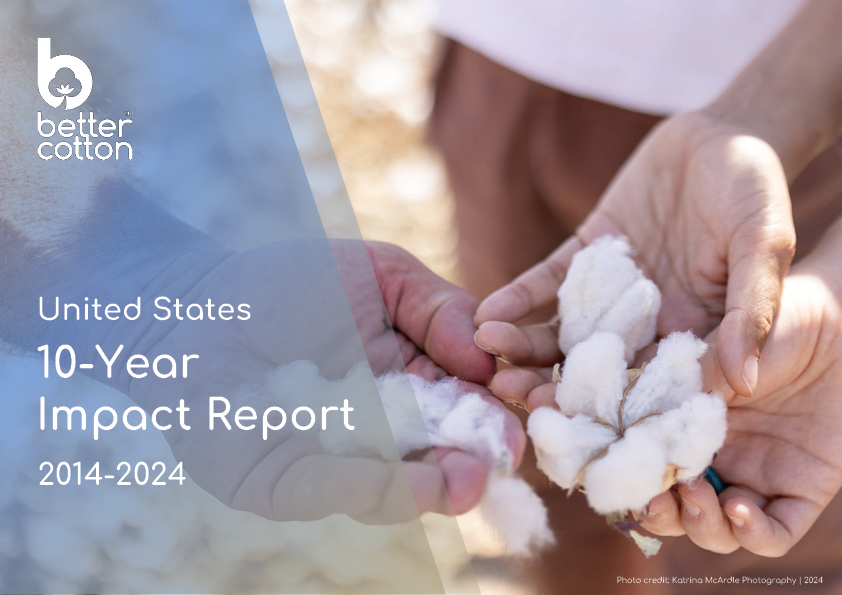A multi-stakeholder ‘round table’ of commodity experts led by WWF meets to discuss the future of sustainability in each sector; solutions for each sector’s farmers; and the environment. One of the ideas is the Better Cotton Initiative (BCI). Organisations including adidas, Gap, H&M, Interchurch Organisation for Development Cooperation (ICCO), International Federation of Agricultural Producers (IFAP), International Finance Corporation, IKEA, Organic Exchange, Oxfam, Pesticides Action Network (PAN) UK and WWF pledge their support.
Preparation Phase
A team examines the potential for supply and demand of Better Cotton – cotton that is better for its growers and their environments. Global and civil society organisations and brands register their interest.
BCI is officially launched. The first Better Cotton global standard is published.
Implementation Phase
The organisation focuses on Brazil, India, Pakistan and West & Central Africa. The regions vary in climate, farm size, agricultural methods and environmental and social conditions. The diversity allows us to test the concept of Better Cotton and refine it for roll-out in other countries.
The Better Cotton Fast Track Programme is launched by IDH, The Sustainable Trade Initiative. The programme invests in farmer capacity buildings projects across the globe. IDH together with ICCO and Rabobank Foundation promise an investment of 20 million euros into the programme.
First harvests of Better Cotton take place in Brazil, India, Mali and Pakistan.
First harvest of Better Cotton in China.
Expansion Phase
BCI focuses on training more farmers, growing Better Cotton supply and demand, and increasing membership. First harvests of Better Cotton in Tajikistan, Turkey and Mozambique. An online platform to track volumes of Better Cotton through the supply chain is launched.
Cotton Australia’s myBMP standard and ABRAPA’s ABR standard (Brazil) are successfully benchmarked with the Better Cotton Standard System. Farmers in these programmes can opt to sell their crop as Better Cotton. First harvests of Better Cotton in Australia and Senegal.
Better Cotton partners with the Israel Cotton Production and Marketing Board. Israeli farmers join the Better Cotton programme.
Mainstreaming Phase
The Better Cotton Fast Track Programme is replaced by the Better Cotton Growth and Innovation Fund. IDH, The Sustainable Trade Initiative remains the Fund Manager and an important funder, leveraging millions in investments and funding for farmer capacity building projects. Governments and trade associations start adopting the Better Cotton Standard System.
First harvests of Better Cotton in Kazakhstan and South Africa.
Two million farmers in 21 countries are trained on more sustainable practices, receive their Better Cotton licenses and produce over five million tonnes of Better Cotton, the equivalent of 8 million pairs of jeans. Retailer and Brand Members source more than one million tonnes of Better Cotton.
10th anniversary
Our 10th anniversary. More than 20% of global cotton production is now Better Cotton.
Our Mainstreaming Phase ends and Better Cotton reviews its targets. The Covid-19 pandemic sees us adapt to deliver remote training, assurance and licensing activities. Better Cotton now has more than 2,000 members. Greece becomes a recognised Better Cotton Standard Country and farmers enrolled and certified under the AGRO-2 standards will be eligible to sell their cotton as Better Cotton from the 2020-21 cotton season.
Our 2030 strategy and new brand identity is launched. We are now Better Cotton, and we have an ambitious strategy to take us to 2030. We launch the first of five 2030 impact targets – to reduce GHG emissions of Better Cotton by 50% by 2030.


